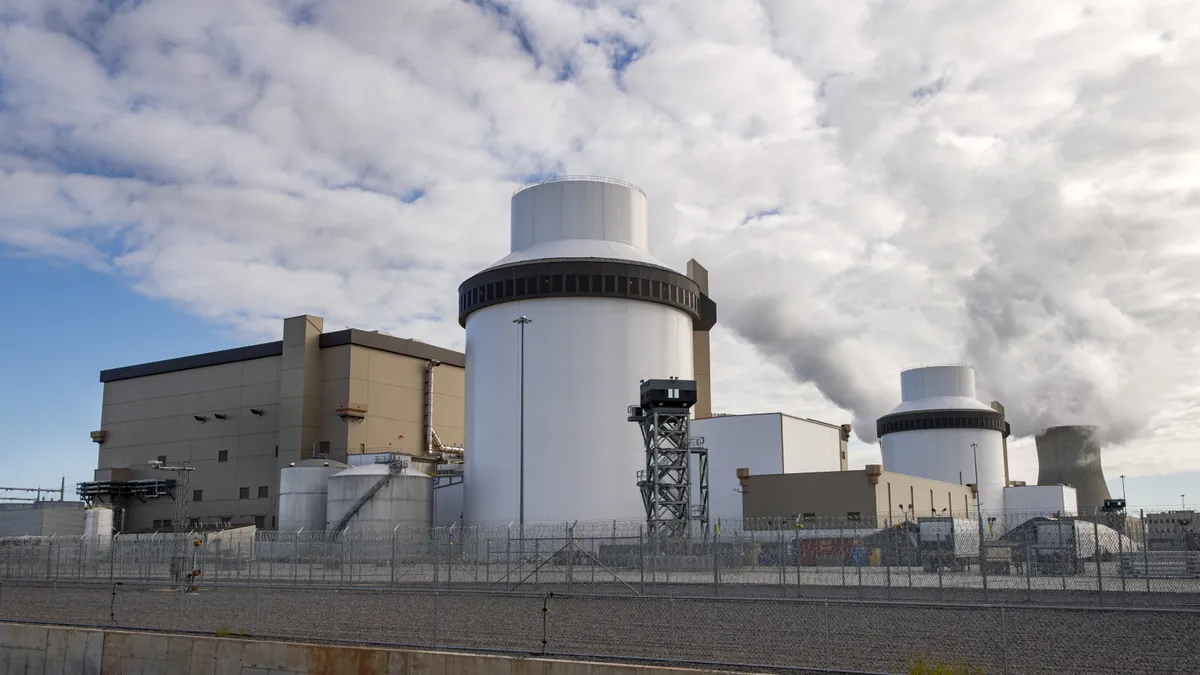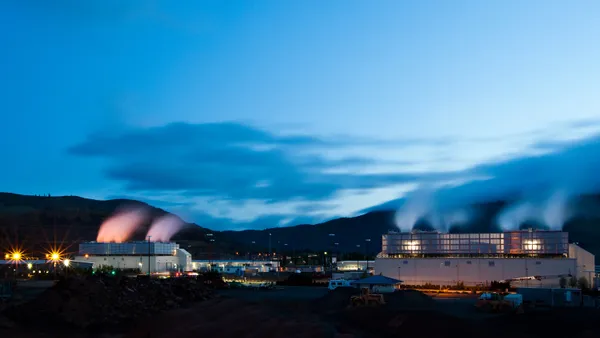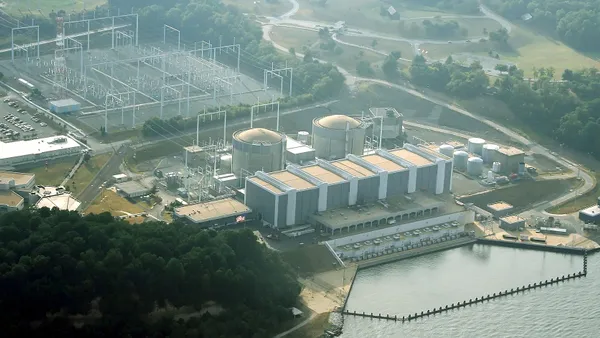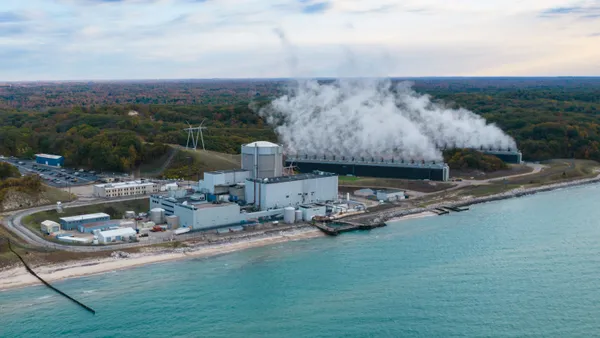Dive Brief:
- The boom in AI data center development is driving significant growth in large-load interconnection requests to not-for-profit public utilities, two experts with the American Public Power Association told Utility Dive.
- Public power electric utilities tend to be smaller on average than investor-owned utilities, emphasize affordability and reliability, and are often self-governing, all of which appeal to data center operators, said Patricia Taylor, APPA’s manager for regulatory policy and business programs.
- But smaller utilities weighing data center proposals that could dramatically increase their system loads must also take steps to protect existing ratepayers and other stakeholders, such as carefully studying the potential grid reliability impacts and ensuring fair compensation for infrastructure upgrades, said Latif Nurani, senior regulatory counsel for APPA.
Dive Insight:
Smaller, not-for-profit utilities have worked productively with data center operators for decades and have in some cases helped their communities evolve into significant IT hubs, Nurani and Taylor said.
In north-central Oregon, Northern Wasco County People’s Utility District nearly quadrupled its annual revenues from $32 million in 2016 to $120 million in 2024 and expects to reach $300 million “in the next few years,” CEO and General Manager Roger Kline said on an APPA podcast in July.
Google data centers drove much of that increase. Drawn by abundant hydropower and associated energy infrastructure, a robust workforce and a “business-friendly environment and policies,” the tech giant developed its first data center near The Dalles, Oregon, in 2006 and has since invested more than $2.4 billion in the state, it says.
Google’s presence has been transformative for Northern Wasco County PUD, enabling investments in new substations, transmission lines, hydroelectric plants, advanced metering infrastructure and other projects that may have otherwise exceeded the capacity of a “small semi-rural utility” with fewer than 25,000 residential and commercial customers, Kline said last year.
The Google-Northern Wasco partnership shows that data center developers and operators are willing to work with small utilities that return the favor, Nurani said.
“This was an example of a small public power entity that was willing to work with a data center operator despite the impact on existing load,” he said.
Despite the benefits, large-scale data center development can create new problems for smaller utilities. An influx of Amazon Web Services data centers between 2018 and 2021 caused a surge in carbon emissions attributable to Umatilla Electric Cooperative, a 16,000-member utility serving eastern Oregon, Oregon Live reported early last year.
UEC was at one point the state’s third-largest carbon emitter before Amazon ramped up its renewable power purchases in recent years. But the clean electricity fueling Amazon’s eastern Oregon operations mostly comes from hydropower, “a tightly constrained resource that was already maxed out,” raising questions about whether the purchases simply shifted carbon emissions to other customers in the region, Oregon Live said in a follow-up earlier this year.
Though the challenges they create might not always be as dramatic as UEC’s, a September study by the Electric Power Research Institute suggests utilities of all sizes should prepare for an influx of data center proposals in the future — if that influx hasn’t materialized already.
More than half of the 22 utilities that responded to EPRI’s question about data center load interconnection requests said data center requests represented 50% or more of current system peak demand and 23% said data center requests surpassed 100% of present peak load. Most utilities in the second category were larger, with system peaks between 10 GW and 25 GW, but all participating utilities said data center interconnection requests exceeded their current data center loads.
Existing data centers have caused significant operational issues for at least some of the surveyed utilities, including thermal violations, voltage violations and ramp rate issues, EPRI said.
Smaller utilities ought to be proactive about mitigating future data centers’ potential impacts on existing customers, APPA’s Taylor said. “Protection” strategies might include requiring data center operators to meet contractual load or sales minimums and pay their fair share of capital costs for new or upgraded infrastructure and possibly new generation capacity, she said.
That advice aligns with recent recommendations from other energy system experts. Best practices for utilities looking to work with large data center operators include requiring an 80% to 90% load factor, allowing utilities to tap behind-the-meter resources during load events, charging exit fees for early contract terminations and requiring data center developers to meet certain credit and collateral requirements, Lawrence Berkeley National Laboratory staff scientists Arman Shehabi and Andy Satchwell said in a webinar earlier this year.













